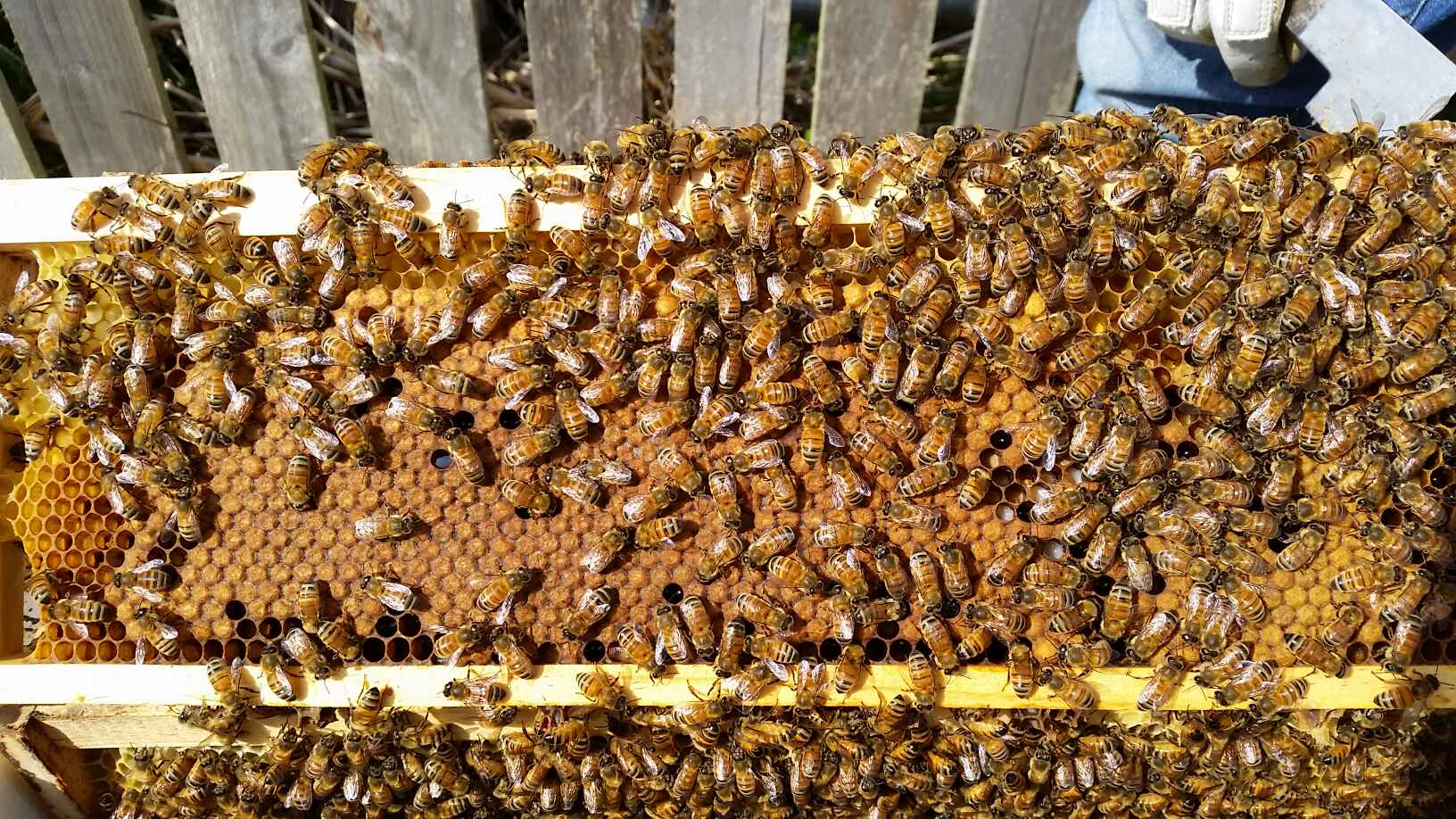Choosing a Hive
/I am often asked about the pros and cons of different hive types, so here are a few things to consider. In a different b blog I posted about horizontal and vertical hives in our cool climate, so in this section I will just consider the 3 main vertical options - flowhive, langstroth and warre hive.
Flowhive
A Flowhive is a Langstroth (Lang) box with a smart piece of plastic technology on top. In Tasmania, this hive requires a little more work than an ordinary Lang. The advantages are they look good with their gable roof and nicely machined boxes, and the bottom box is a deep one with the capacity for natural comb which bees like but it pays to know some aspects that may be difficult in Tasmania and other cool climates. Firstly it has to use a queen excluder to keep the queen out of the flow box. Queen excluders are rarely used in our climate for a number of reasons. We have a short honey flow, so excluders can wear out the bees a little faster, the excluder and flow box may need removing before winter and replacing at Spring, and if left on, could cause the colony to starve even with honey in the upper frames.. Flow Hives do better with an ideal or so full of honey above the deep box to allow the bees to move up to the top of the hive as they chew through the honey stores. If a queen excluder is left on, the bees may die even with honey stores because they will not move a cluster up through an excluder. Further to these considerations we have honey like Prickly Box that can crystalise inside the flow frames making it impossible to remove the honey. Since the Flow Hive has been introduced in Tasmania, we have not had a bumper year so have not realised the full extent of this problem. Some Flow Hives have been very successful here but usually for those in urban areas with larger honey flows and in areas of slightly higher temperatures. Having a deep box and ideal boxes can make it difficult to ensure new comb is developed on a 3 year cycle although there are methods that can be used to do this work. These are the most expensive of the options, about 5 times the cost of a Lang hive.
Langstroth Hive using all ideal boxes.
The Langs are the most common and readily available hives. They were developed for industrial production of honey. Some people say they can produce more honey than other hives however this is not always true. If you are keen to be opening the hive often and interacting with the bees within their colony the Lang certainly allows that although the constant interference can effect the colony and sometimes stop queens from laying. Lang-shaped boxes are built for the convenience of the beekeeper and not for the comfort of the bees they prefer about 350 square). To compensate for this and the increased likelihood of disease it is important that a high density of bees are kept in Langs, Too much space and they cannot maintain the comb well or maintain the internal environment well. The biggest difficulty in our climate is the high level of moisture in these hives which can lead to mould and bee deaths. There are work-arounds to this problem. In Tasmania, the usual configuration of all 8-frame ideal boxes provides lightness and the capacity to rotate old comb out of the colony. If you want an easy to access hive and want to spend time with the bees, then this is a good option. This is the least expensive of the hives although good quality material is not always available locally.
Warre Hive
The Warre or French Peasant’s Hive is more like a tree hive where bees build natural comb and inspections are kept to a minimum. They look attractive, are well insulated with thick walls, and in a square shape that helps the bees during winter. They need little honey to winter over. The hives are good for those that have less interest in honey production and have more interest in pollination and supporting bee survival. The hive has less disease problems as the bees lay their brood in fresh comb every year. There are still times when some work is required of these hives, but the boxes are smaller and easier to lift than Lang boxes and overall the bees are calmer as they are on natural comb. Honey is harvested earlier in the season after the bees have survived the winter cold and then not harvested again until the next spring. The honey is black comb honey with a very high nutritional and medicinal value. These hives are about double the price of a Lang hive.
If you are still confused, do a beginner course, and continue to explore option.
Happy beeking!




